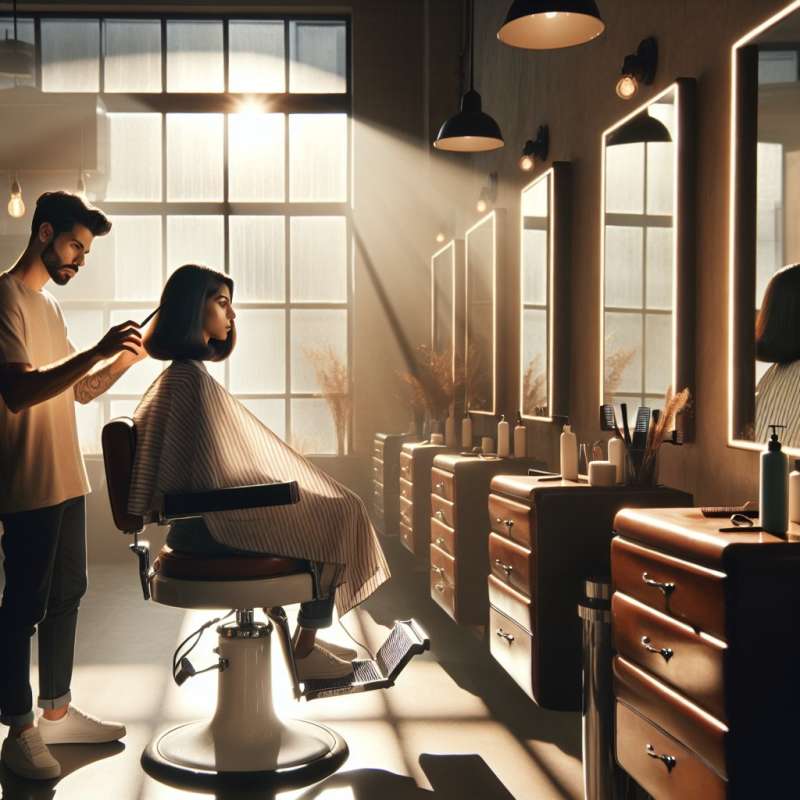
Understanding Hair Texture
Hair texture isn't solely genetic; it can be altered. Products and techniques influence hair's apparent texture, creating styles ranging from sleek to tousled without changing its inherent nature.
Choosing the Right Cut
The foundation of texture is a good haircut. Layering can enhance a textured look. Ask your barber for a cut that supports the style you aim to achieve, considering hair thickness and growth patterns.
Essential Texturizing Products
Texturizing products, like sea salt sprays and clay, add grip and definition. These products mimic the effect of natural minerals and can provide a matte finish, crucial for a modern textured look.
Blow Drying Techniques
Blow drying adds volume and movement. Use a diffuser attachment to minimize frizz. Direct the airflow upwards to lift the roots, which is essential for creating a textured hairstyle.
Working with Pomades
Pomades offer control with a shiny or matte finish. For texture, opt for matte pomades and apply them to dry hair. Use sparingly to avoid clumping, which can diminish the textured effect.
Finishing with Hairspray
Hairspray isn't just for hold. Use a flexible-hold spray to maintain the texture without stiffness. It helps to preserve the style's dynamism throughout the day, keeping the textured strands defined.
Regular Maintenance Tips
Textured hairstyles require upkeep. Trim every 4-6 weeks to maintain the shape. Use clarifying shampoos occasionally to remove product buildup, ensuring that hair remains responsive to texturizing techniques.
What alters hair texture?
Genetics only
Products and techniques
Age and diet
Company